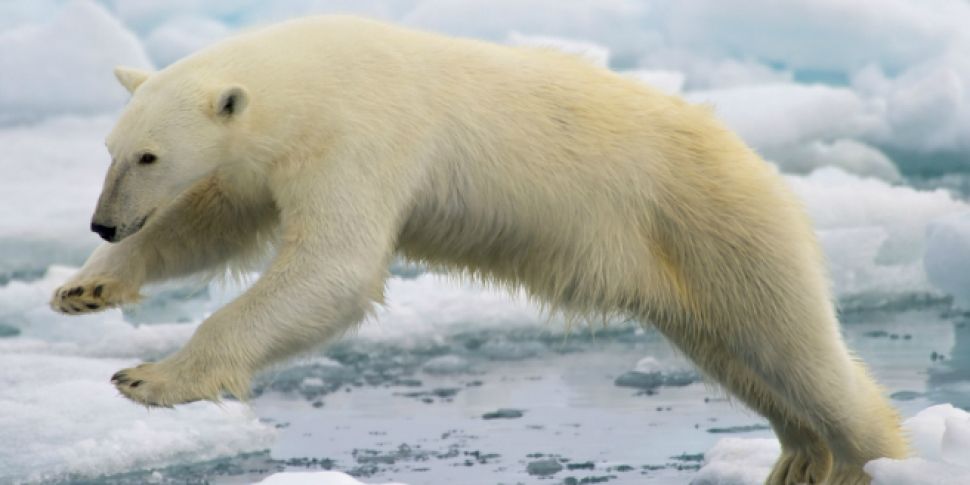Scientists have warned that a third of the world’s polar bears could die out in the next forty years due to melting Arctic sea ice.
The research undertaken by The Royal Society in London suggests there is a 71% likelihood that nearly 9,000 bears will die out in the next three generations.
The research is the first systematic assessment of how dwindling Arctic sea ice affects the world's largest bear.
The findings are backed up by a recent review of endangered species undertaken by the International Union for the Conservation of Nature (IUCN) which classified the bears as “vulnerable.”
The bears - the world’s largest - are included on the IUCN “Red List” of species at high risk of extinction in the wild.
The authors of the study said the bears “depend fundamentally on sea ice” with floating platforms of ice essential in order to hunt seals - which can easily outswim them in open water.
Scientists at the National Snow and Ice Data Centre (NSIDC) at the University of Colorado yesterday reported that the level of Arctic sea ice reached record lows for both October and November this year.
In the Southern Hemisphere, Antarctic sea ice extent also hit a record low for November.

The NSIDC research found the Arctic sea ice extent was 800,000 square kilometres below November 2006 levels - the previous record low.
"It looks like a triple whammy - a warm ocean, a warm atmosphere, and a wind pattern all working against the ice in the Arctic," said NSIDC director Mark Serreze told the Guardian.
The Polar Bear research, published in the Royal Society’s Biology Letters on Wednesday, combined 35 years of satellite data on Arctic sea ice with demographic shifts in 19 sub-populations of Polar bears.
Two of the sub-populations have already experienced serious population declines while others are displaying signs of "nutritional stress."









